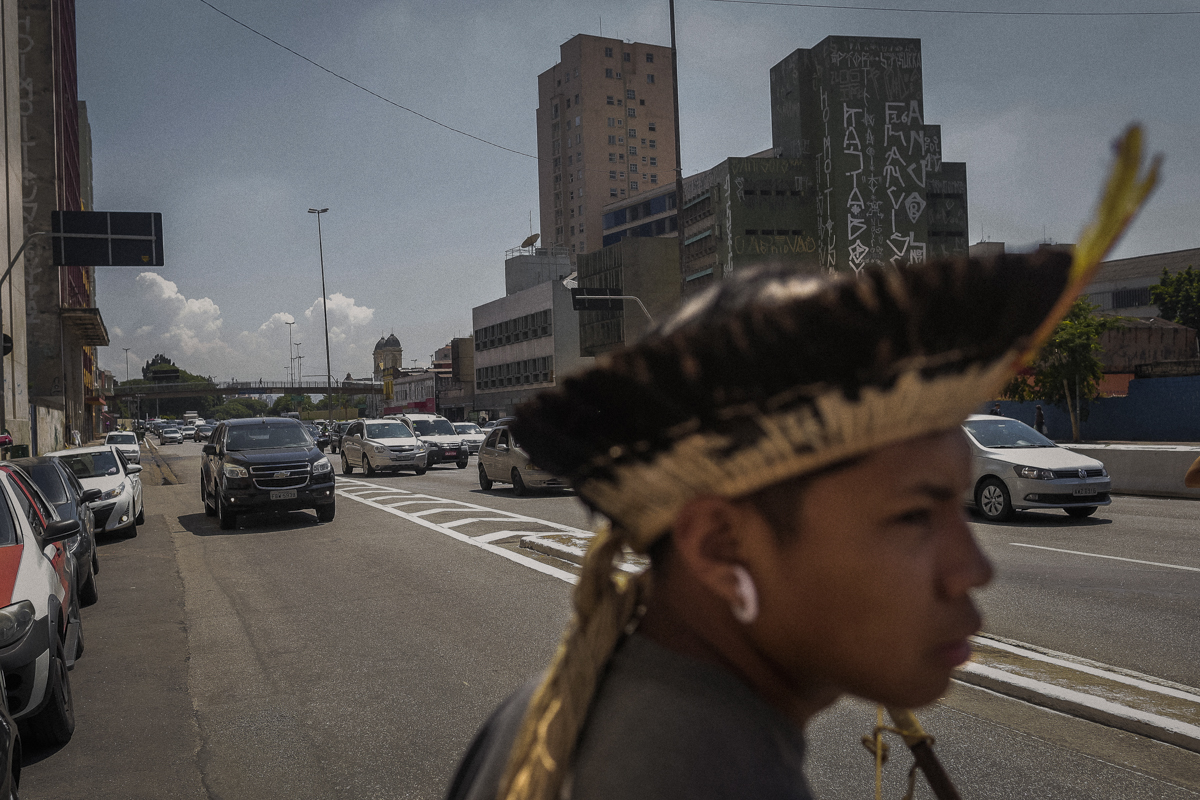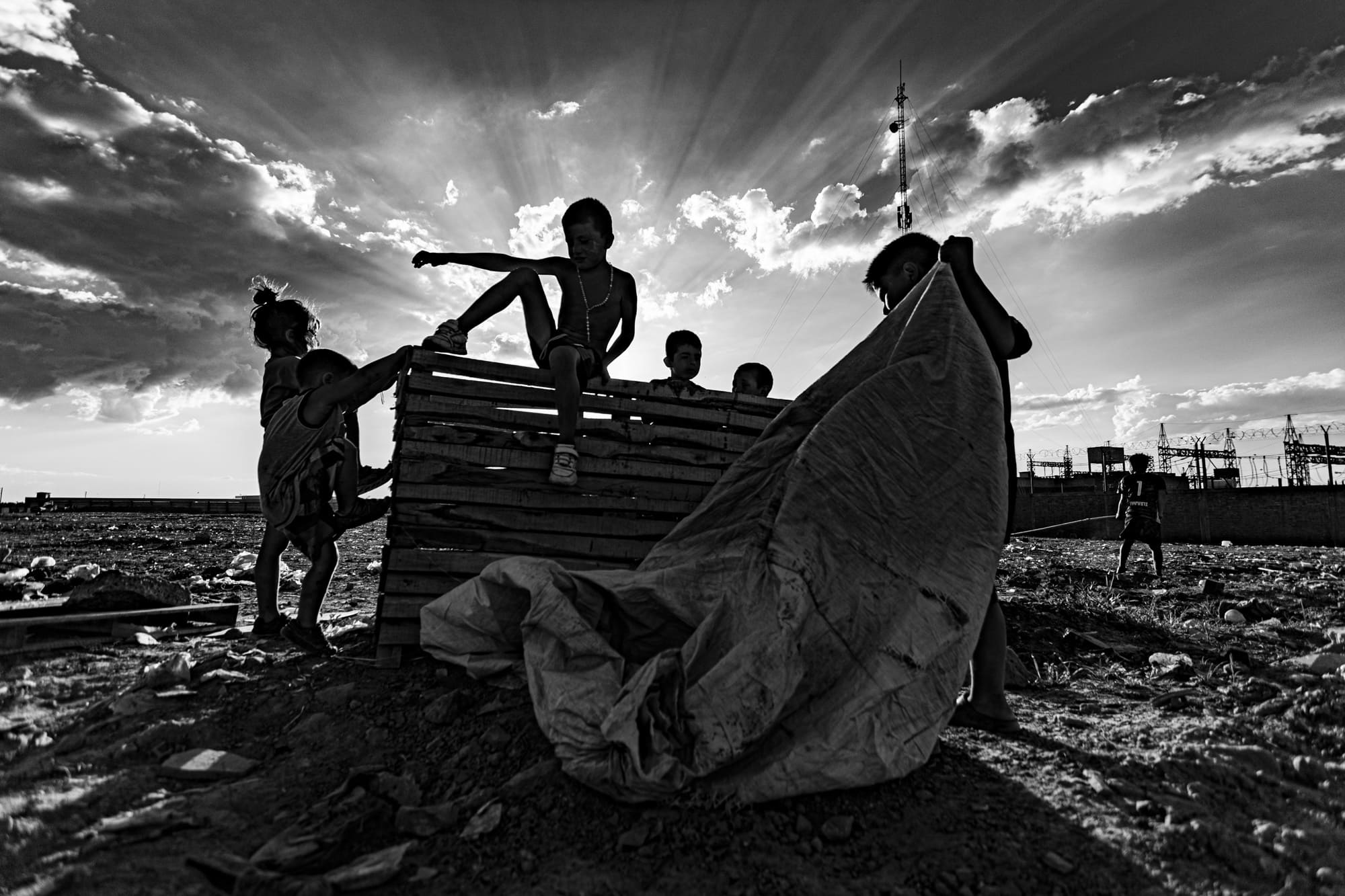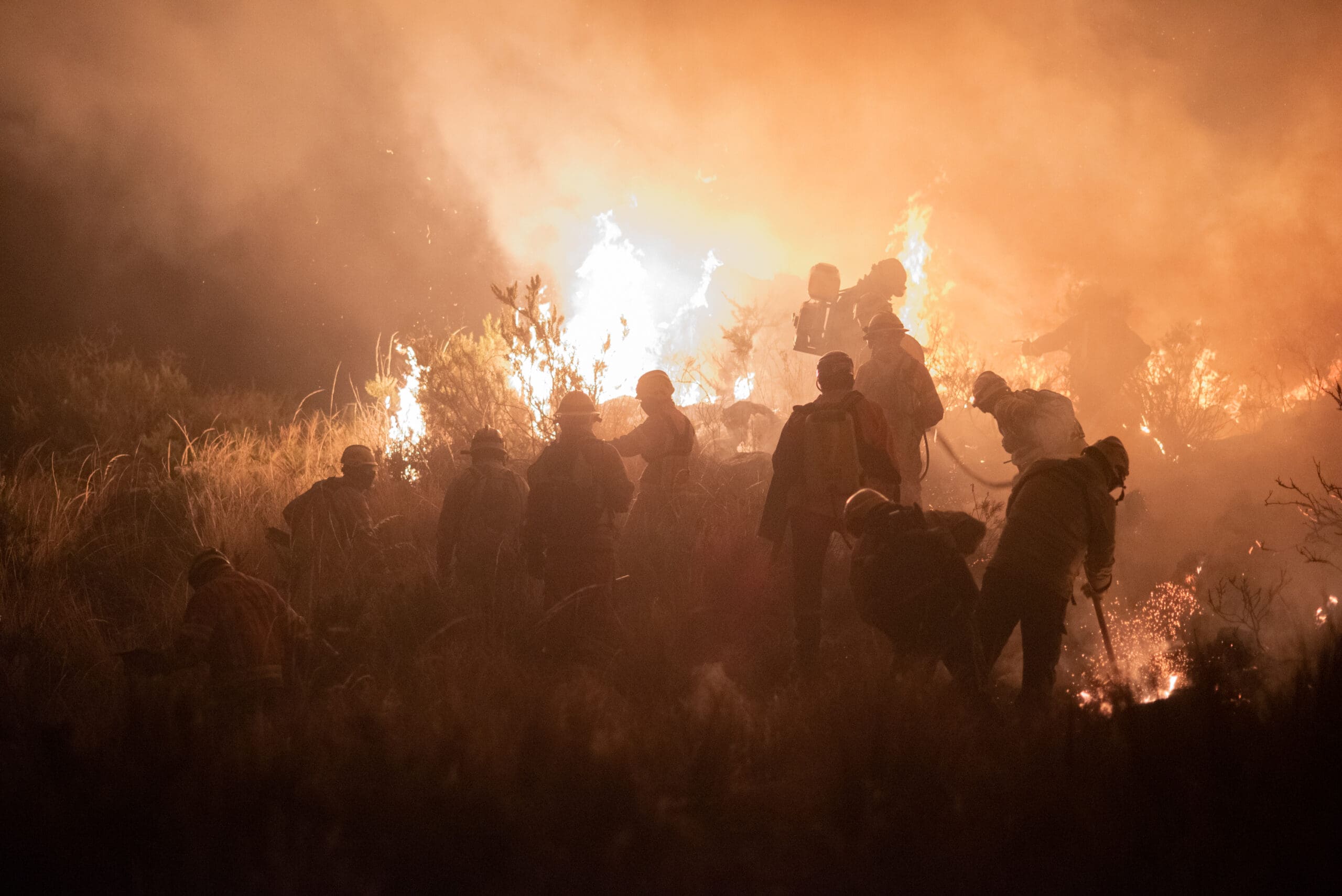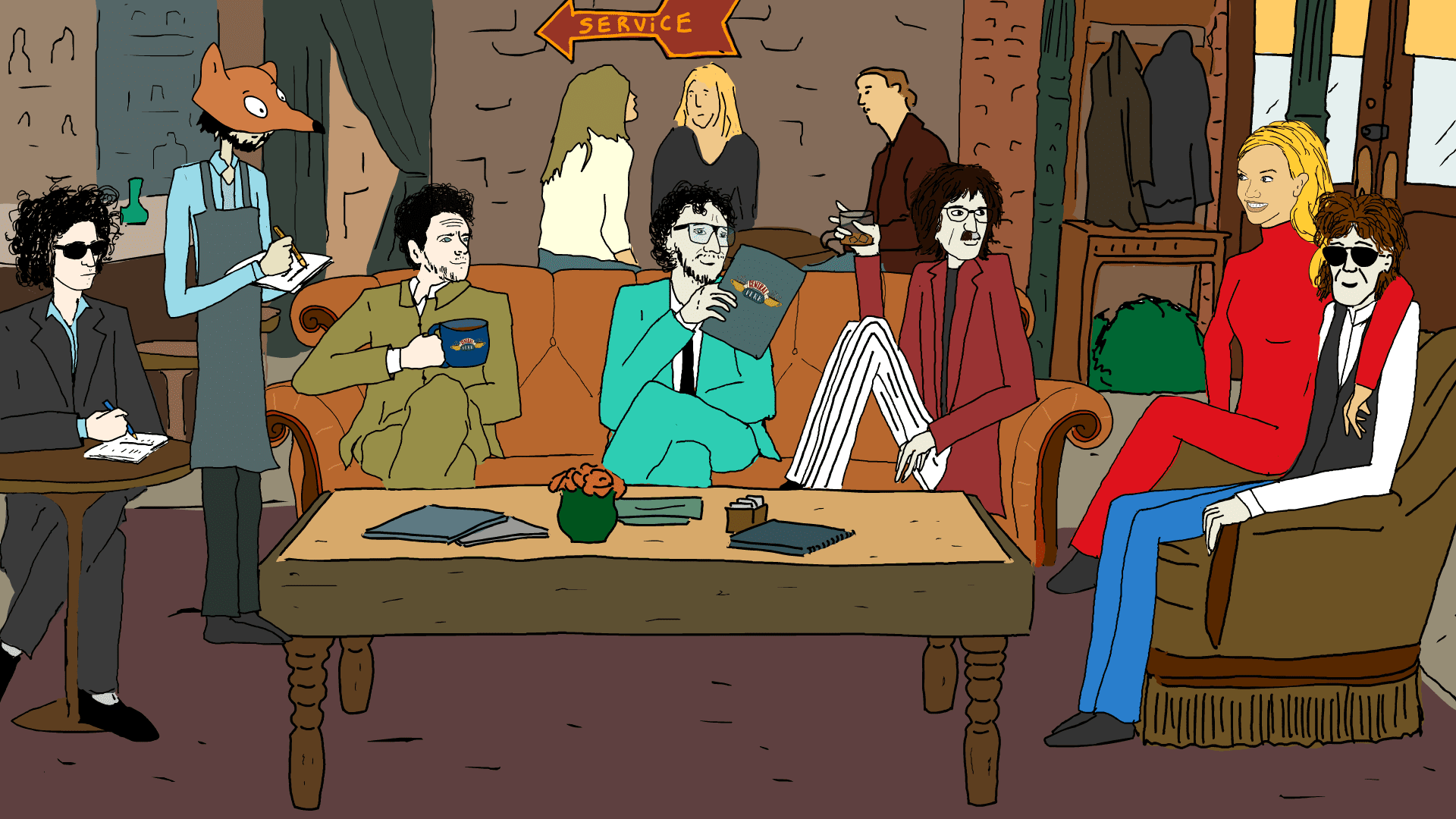When the pandemic hit, the Brazilian reporter and photojournalist Rafael Vilela got down to work. With the Emergency Fund of Nat Geo, he portrayed four worlds in São Paulo: that of the delivery men, that of the woman who take care of the neighborhoods in Paraisópolis (the second largest favela in São Paulo), that of the gravediggers of the largest cemetery in Latin America and that of the Guarani who fight so that the city does not invade their territory.
Through his exploration, Rafael connected the main debates around the post-pandemic future: the exploitation in the platform economies, the care paradigm, the relationship we have with death and the questions about the original. Some of his works were published in The Washington Post and The Guardian, among other media.
At 31 years old, Rafael is one of the founders of the Midia Ninja collective in Brazil, an organization that demonstrate that it was not journalism that was in crisis but the way to do it. At Midia Ninja you share a home, establish “healthy relationships”, it is observed with respect, its understanded and fight. “A lot of the organizational culture has to do with the idea of community, to live in collective houses. All this makes a big difference in the work result”, he says.
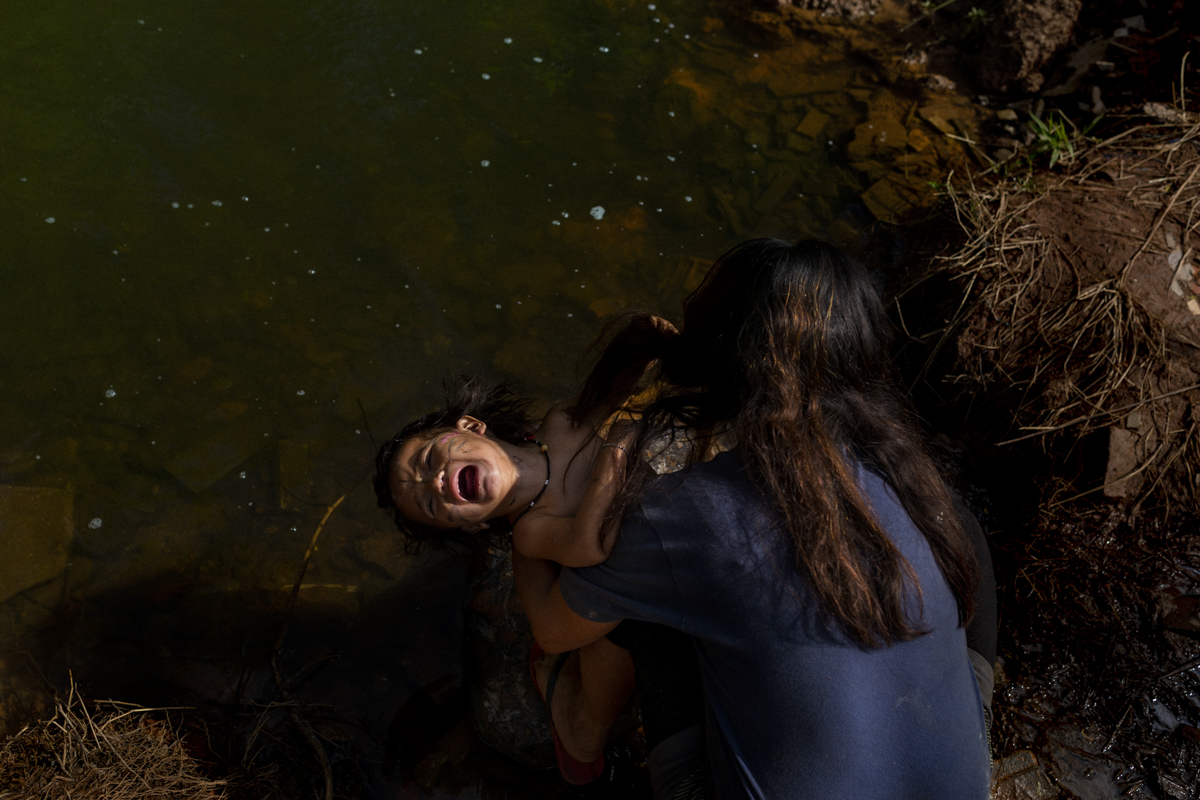
We could say that, faced with the pandemic, you managed to make a map of the underground São Paulo…
I’m looking for an out-of-the-box look and these are stories thatyou don’t see much of. When you talk about health workers you’re talking about doctors and nurses, but not about the gravediggers. They are the ones who do the last job in the chain.
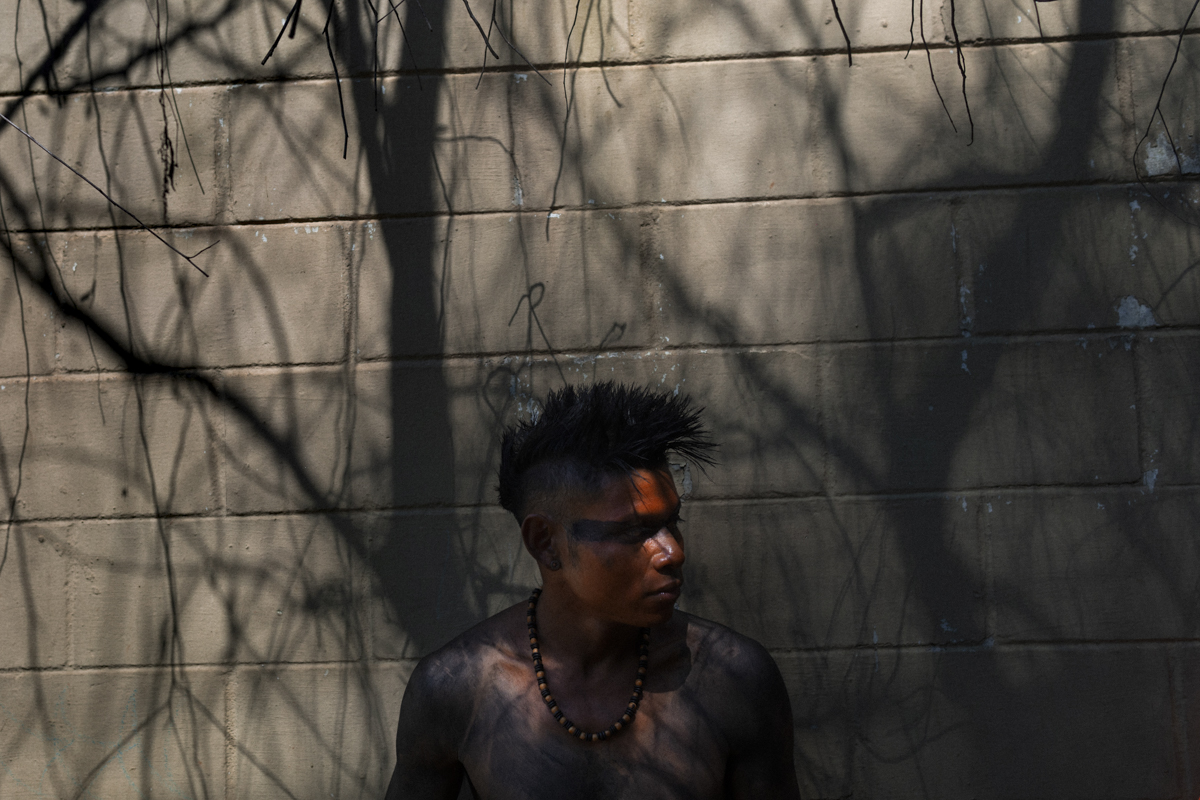
What did you find in the Vila Formosa cemetery?
Of the gravediggers the philosophic value is very impressive. They are men with 30 years of work in the cemetery and they have incredible existential reflections on life, death and much more with the pandemic context. The Paraisópolis women who have nothing but, by organizing their own time, they were able to order the care of the community in a pandemic.
To deepen in, I went to the homes of the delivery men, I sougth to talk with the leaders and do interviews. There is a reference here in Brazil, Paulo Lima, who states that the business of the companies “is not the delivery work, but the exploitation itself”. Taht’s why they become giants. That is the perspective of this story.
The way they stopped São Paulo was very strong, without precedents in Brazil, in the midst of the pandemic. It is not the story of the poor who have nothing, is something different. The delivery drivers have a big potential for organization.
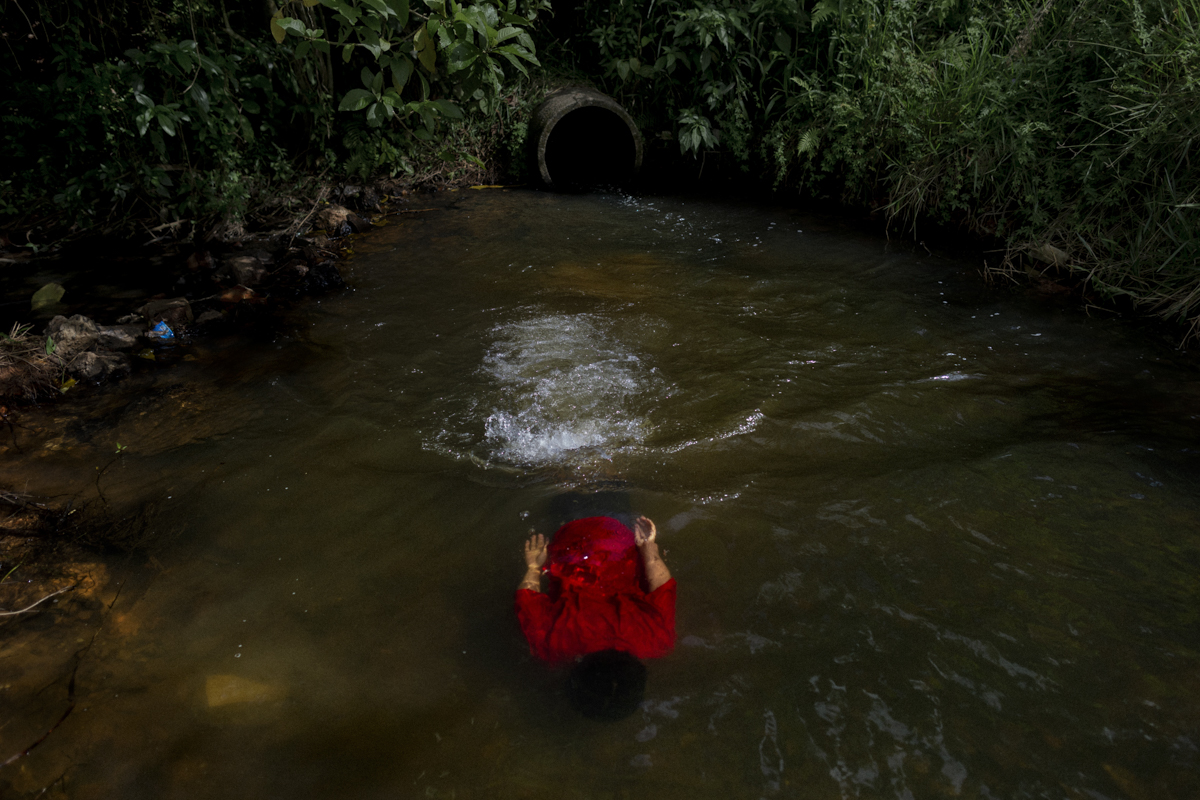
Rafeal published an article in which he tells that, in January of this year, one of the largest construction companies in Brazil (Tenda) began cutting down centuries-old trees on a plot to build eleven residential towers, next to a indigenous land. So the Mbya Guaranis occupied the area for forty days to defend it. They have to leave due to the arrival of the Covid-19.
What was like to explore that Guaraní world invisible to some people?
In São Paulo people have no idea, but there are some 700 Guaranis living with their traditional way of life. The childrens speak Guaraní rather than portuguese. They are the originary Guaraníes of São Paulo and they resist until today. Their village is close to the city, twenty minutes from my house. However, it is not possible to say that they are inside the city, they are with a very interesting indigenous urban resistance.
There are some construction companies trying to work whithin their territory. The city is always trying to move forward. I documented all this with a twenty year old boy, who teaches Guaraní to withe people, to no-indigenous people. There are a many people wanting to learn a language that has been here since the beginning of colonization and that seems very strong to me. In fact, the people in São Paulo are who talk more Guaraní in Brazil but they don’t know it.
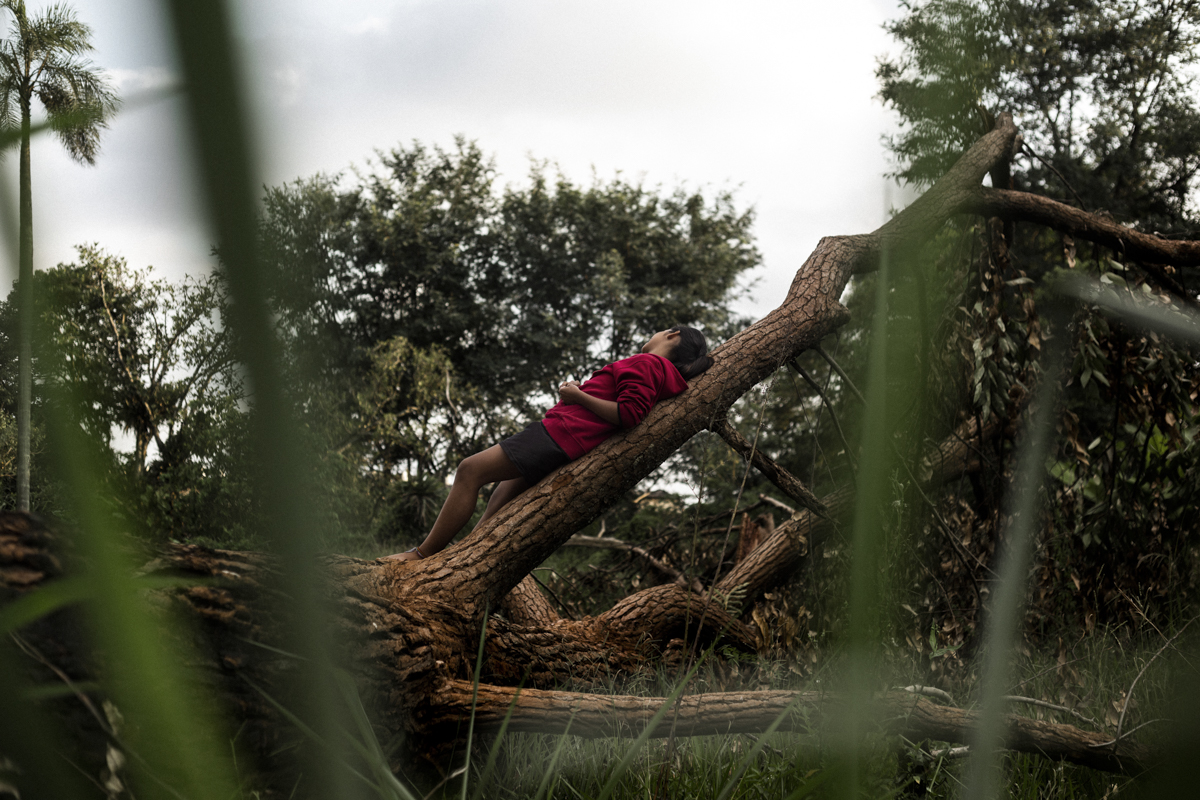
How did the pandemic affect them?
They had more than 300 cases of Coronavirus in a community of 700 people. A very large infection focus, but until now zero deaths or serious cases. They have great resistance and they say this is linked to their faith and to their way of life. Their traditions and culture are linked to the land and a lot of things that make you comprehend this resistance they have.
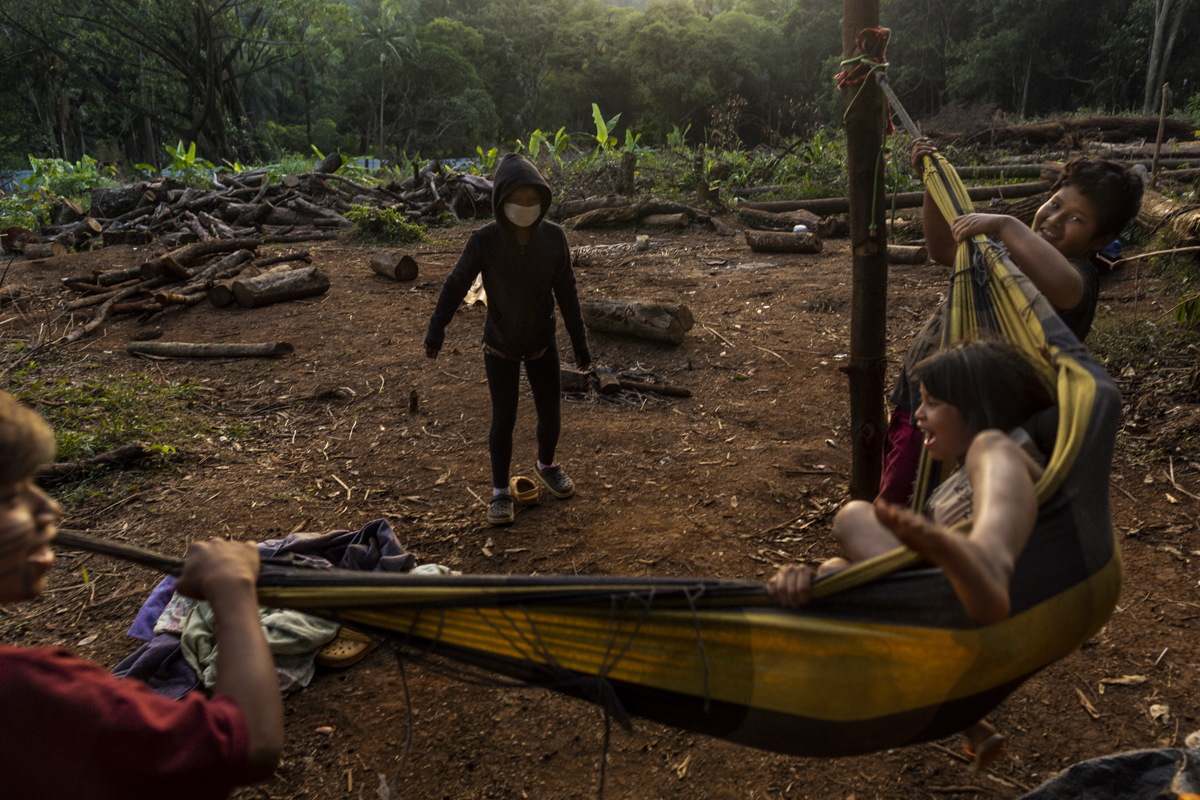
In your article, you suggest a connection between the delivery drivers and the Guarani, how is that?
It seems to me that the Guaraní with the delivery man are connected with something key: time. The Guarani fight for their land and for time to grow their own food, to do everything in their traditional way. They sing and pray to their god as a guarantee to ensure time. I think something similar happens to workers: they are fighting for their time. Even working all the hours they can, at the end of the month they don’t have enough money to put food on their tables and the app wants more: to work more, to break their family bond, to end with their pleasure.
I think it is a very interesting counterpoint between the ancestral struggle for the land with the struggle that is very high-tech, while at the same time there are two sectors that are in São Paulo in the 21st century. There are 520 years of history that coexist.
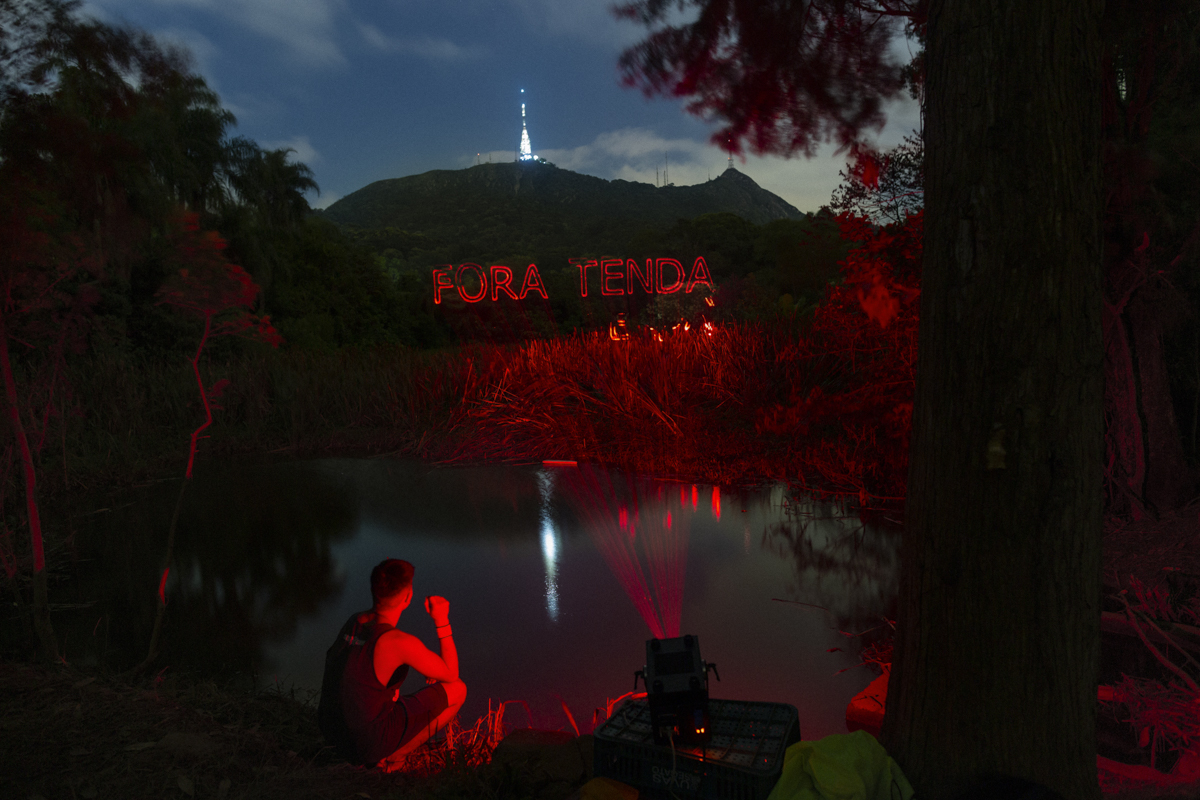
As for the work in Paraisópolis, is there a stereotypical view of the favelas that usually focuses on violence and deprivation?
Absolutely. My reading comes from a proposal to look from power and culture. I think it is the only way to start changing some things. Each female president in the favela takes care of 50 families on her streets and has the responsibility to deliver the medicine, taking care of those who have the virus, calling an ambulance, and deliver the purchases to these people. It is the public responsibility and are organically elected by their community. There is no formal election, but there is a willingness to work collectively. The women are the ones who organize the most for this type of work.
I evaluate that this story was an opportunity to look at the ways of organization from below. How the referents who go and take care of the people are organized seems to me a conceptual change in how the State is looked at, the care of the communities. It is a political change but also a cognitive one.
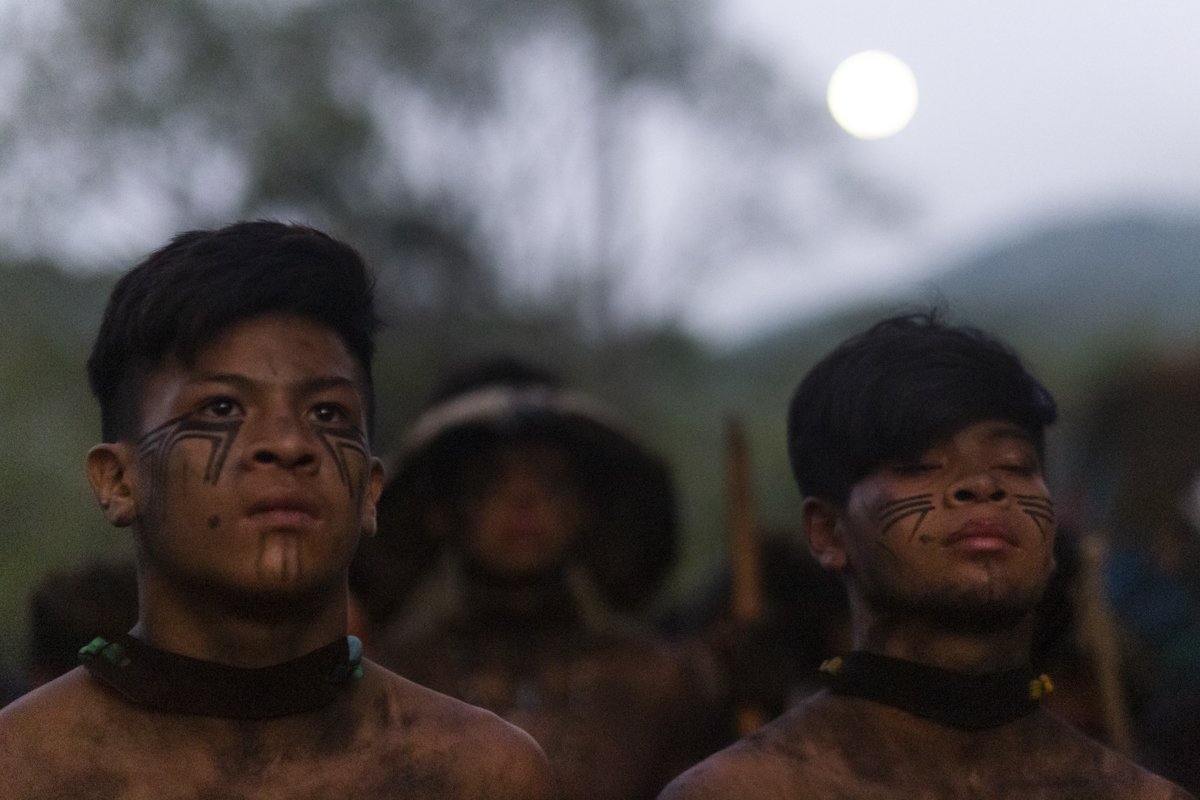
How did coming from a journalistic experience like Mídia Ninja impact your way of approaching coverage of the pandemic?
Mídia is an experience that has a great force in my life. It seems to me that, fundamentally, it is a big school for a lot of things because it has a lot of looks that go beyond the obvious. Also it has a very big collective work, the collective houses are what makes the difference.
You cannot understand the importance of Mídia for Brazil or even Latin America if you don’t understand the way of life that implies to be in the organization. Is a long-term project where a lot of people are dedicating their entire lives. And, from my personal perspective, it is a central experience in the way of looking at the world.
I think that if something photojournalism lacks today, is to establish relationships: people go to a place, make the photos that have to be submitted and that’s it! The ability to generate life connections and common struggles, is something that looks a lot like Ninjs DNA.
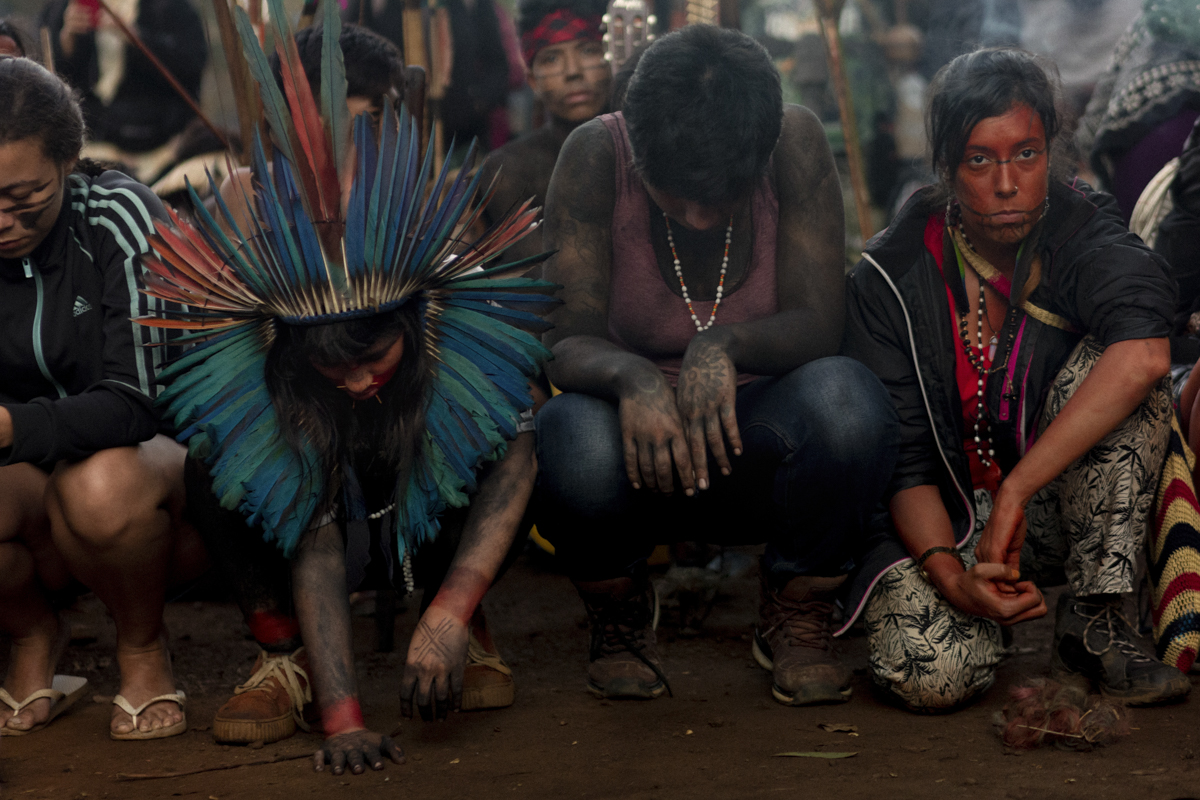
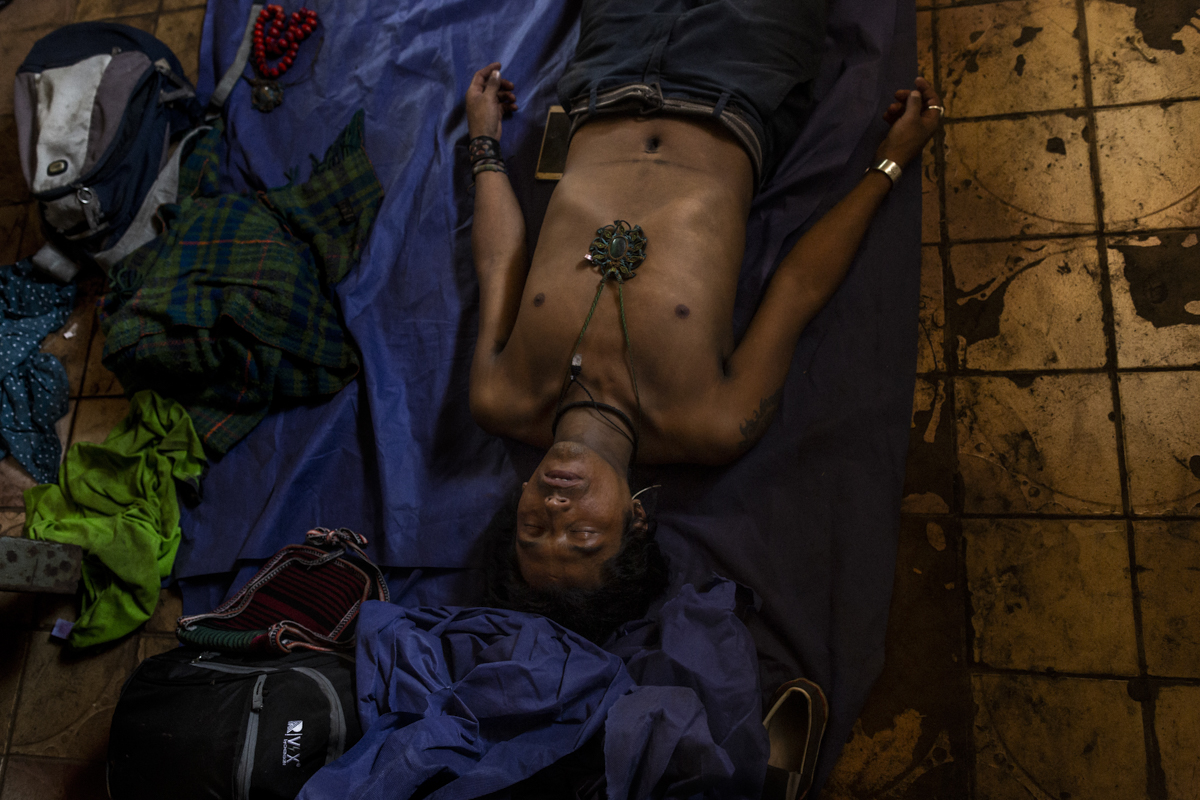
*The published images are part of a work in progress done with the support of Nat Geo.
